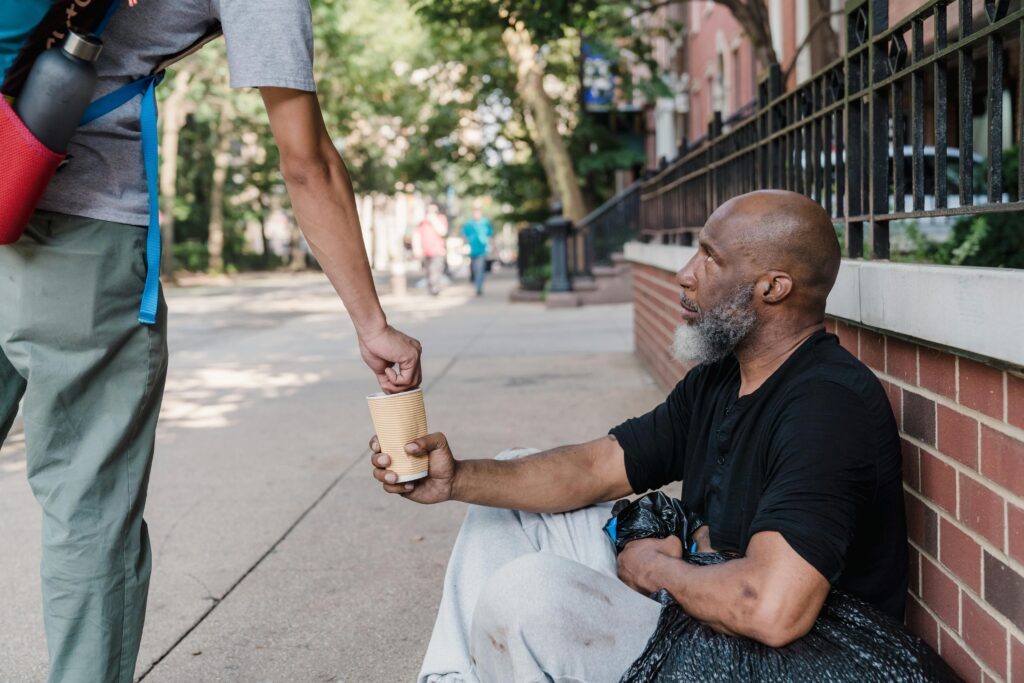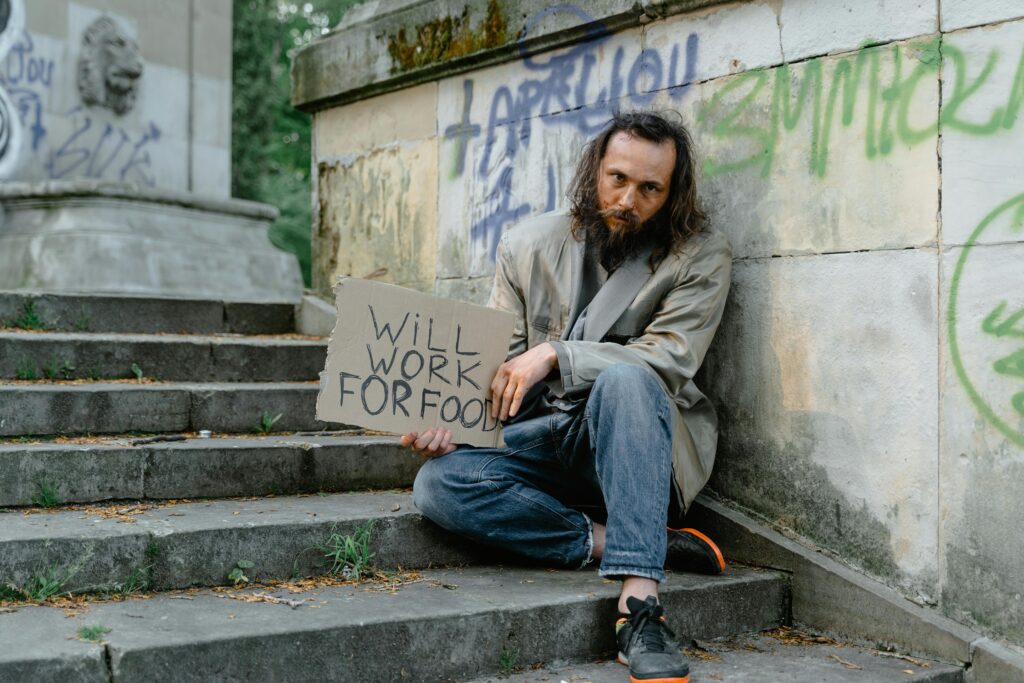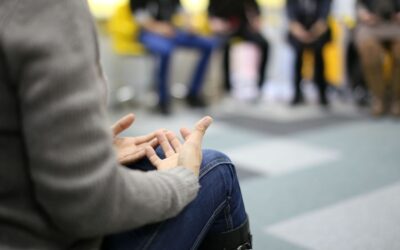What Is Meth and Why Is It Dangerous?
Methamphetamine, also known as meth, is a strong stimulant. It changes how the brain works. People may feel full of energy or very awake. But it’s also very harmful. Meth affects behavior, causes health problems, and can lead to addiction.
Using meth often leads to substance abuse, where someone cannot stop using a drug, even if it hurts them. This is very dangerous for anyone, especially people without homes.

How Meth and Homelessness Are Connected
Many people who are homeless use meth. But meth doesn’t always come first. Sometimes, people lose their homes because of poverty, domestic violence, or mental health problems like schizophrenia. Then, they start using meth to cope with stress, fear, or hunger.
Other times, people use meth first and lose their homes later. Meth can make it hard to keep a job or stay safe, which can lead to youth homelessness or adult homelessness.
The Role of Substance Abuse and Mental Health
People without homes often deal with substance abuse and mental health challenges. They may also face alcohol use, fentanyl addiction, or opioid overdose. This makes life harder and riskier.
Sometimes people in these situations need therapy, medicine, or health care. But without a home or support, it’s hard to get help.

Homelessness in the United States
According to data and research, there are many homeless people across the U.S. Cities like Los Angeles County have large homeless populations. The reasons are different for each person, but meth and homelessness is a growing problem.
Affordable housing is hard to find. People of different ethnicities—including African Americans and Asian Americans—can be affected by social stigma, poverty, and lack of health equity.
How Meth Affects the Body and Brain
Meth changes how the brain sends messages. It can cause:
-
Fast heartbeat
-
Trouble sleeping
-
Anger or violence
-
Feeling confused
-
Seeing or hearing things that are not real
-
Risk of disease like hepatitis C
Over time, meth can damage the brain. It can lead to memory loss and mental illness like schizophrenia.
The Impact on Families and Youth
When adults use meth, children can get hurt too. Some kids lose their homes because of domestic violence or because their parents are using drugs. This adds to the rise in youth homelessness.
Programs are needed to protect children and support families. Substance abuse prevention can help kids stay safe and avoid drugs in the future.
Legal Problems and the Criminal Justice System
People using meth may get in trouble with the law. They may end up in prison or on parole. The criminal justice system often punishes people instead of helping them.
But some courts, like Los Angeles County Superior Court, now focus on rehab and therapy instead of jail. They try to give help through drug policy changes and community programs.
Treatment Options and Programs
There are many ways to treat meth addiction and help people who are homeless. These include:
-
Contingency management – Giving rewards for staying drug-free
-
Medication – Some medicines help with cravings or mental health
-
Therapy – Talking to a counselor can help with coping and healing
-
Housing First – Giving people a home before asking them to stop drugs
-
Harm reduction – Helping people use drugs more safely, like giving clean needles
Programs backed by evidence and data analysis show better management of addiction and health.
Emergency Services and Health Care
Many meth users end up in the emergency department. This costs a lot of money and doesn’t fix the root problems.
Programs like naloxone for overdoses and mobile health care vans help reduce harm. These programs follow Centers for Disease Control and Prevention (CDC) guidelines and support health equity for all people, no matter their background.
Why Housing First Works
Housing First is a program that gives people homes before fixing all their problems. Studies using logistic regression and confidence interval methods show it works well.
When people have a place to live, they are more likely to:
-
Get help
-
Stop using drugs
-
Go to school or get a job
-
Stay out of jail
-
Be safe from violence or disease
The Role of Social Work and Community Help
Social work is very important. Social workers help people find homeless shelters, get medicine, and join a program. They also connect people with therapy and addiction help.
The community plays a big part. Churches, shelters, and schools can help keep people safe and offer hope.
What the Research Says
Writers like Sam Quinones have shared stories about meth, addiction, and homelessness. His work gives information that helps others understand how methamphetamine has spread.
Data shows that homelessness and meth use are both rising. That’s why we need better policy, more support, and programs that work.
Challenges with Getting Help
Even when help is available, people face social stigma and fear. They may worry about being judged. Some don’t trust the system because of past trauma or conflict of interest in services.
It’s important that care is fair, kind, and welcoming for people of all genders, ethnicities, and backgrounds.
Moving Toward Hope and Healing
Stopping meth use is hard, especially when someone is homeless. But substance abuse prevention, strong programs, and affordable housing can make a difference.
With the right support, people can rebuild their lives. They can live with dignity, feel safe, and stay healthy.

Seeking Treatment? We Can Help!
We work with PPO Out of Network Health Insurance Policies
If you or a loved one are struggling with mental health challenges or substance abuse, reach out to Mountain Sky Recovery today. Our team of compassionate professionals is here to support your journey towards lasting well-being. Give us a call at 951-498-5412. Visit SAMHSA for more information.



